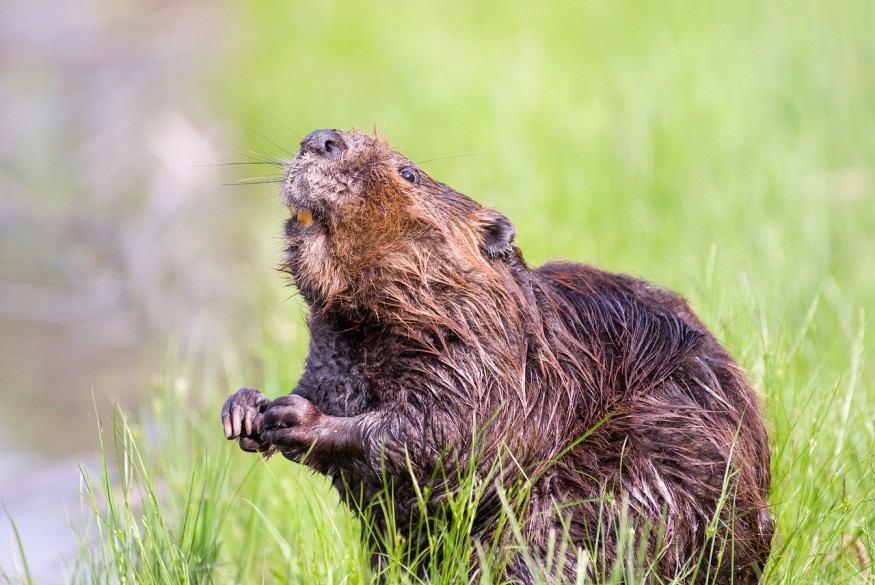Beavers have moved into the Arctic and are sweeping over the Alaskan tundra, radically changing its streams and hastening climate change in the area. Their invasion is a mixed bag because they create lush oases but also accelerate global warming, Insider reports. The changes are so abrupt and dramatic that they may be seen from space.
Woody plants are sprouting along the Arctic tundra's rivers and streams as it warms, providing ideal habitat for beavers. As they come into these waterways, they settle in by doing what they do best: chewing and transporting wood to build dams and obstructing swift rivers and streams to create lush ponds.

Over 11,000 Beaver Ponds Found in Alaska's Artic Tundra
Thomas Jung, the senior wildlife biologist for Canada's Yukon government, said that beavers can alter an ecosystem with their ability to transform landscapes, which may be second only to humans. In the past, these furry builders were nearly extirpated by fur trappers now millions of them are found in temperate regions with their dams affecting their surroundings.
A few decades ago, the beavers' range was defined by boreal forest because they rely on woody plants for food and material to build dams and lodges. But rapid warming in the Arctic region has made the tundra hospitable to these furry rodents.
Ecologists said that satellite images from the early 1950s found no signs of beaver in Alaska's Arctic tundra, but they started appearing in the 1980 satellite imagery. Since the 2000s until the 2010s, the beaver ponds have doubled.
According to the paper, titled "Expanding Beaver Pond Distribution in Arctic Alaska, 1949 to 2019" published in Scientific Reports, satellite images of nearly every stream, river, and lake in the Alaskan tundra revealed 11,377 beaver ponds.
Ken Tape, an ecologist at the University of Alaska Fairbanks, said that all of western Alaska is now densely populated by beavers. It is consistent with the observations of the indigenous people living in the area, especially in the towns of Kotzebue where there were no beavers two decades ago and now they are everywhere.
Beavers' Dramatic Impact on the Fragile Tundra Ecosystem
Beavers can have a dramatic impact on the landscapes where they live, especially now they have sparked concern about their effects on the fragile tundra ecosystem.
Indigenous groups are concerned about what changes will happen because of the beaver invasion in the Arctic. Those concerns grow as the population of furry rodents increases, affecting specific areas and species.
Smithsonian Magazine reports that the dams beavers build provide a haven from predators as well as a habitat for other creatures, like insects, frogs, and songbirds. But as they also change the landscapes, beavers are putting these vulnerable ecosystems in critical situations.
Some indigenous people who live by hunting and fishing are worried that beaver dams will block the migration of fish and affect their food source. The Dolly Varden species that lives in the ocean migrates in tundra streams and that might change with the increasing presence of beavers.
People in the Arctic are accustomed to coexisting with wildlife in the area, but coexisting peacefully with beavers may necessitate ingenious techniques that accommodate both species.
RELATED ARTICLE: Beavers in Alaska Multiply in Number, Transforming the Tundra Into Warmer, Greener Area
Check out more news and information on Climate Change in Science Times.
© 2025 ScienceTimes.com All rights reserved. Do not reproduce without permission. The window to the world of Science Times.












